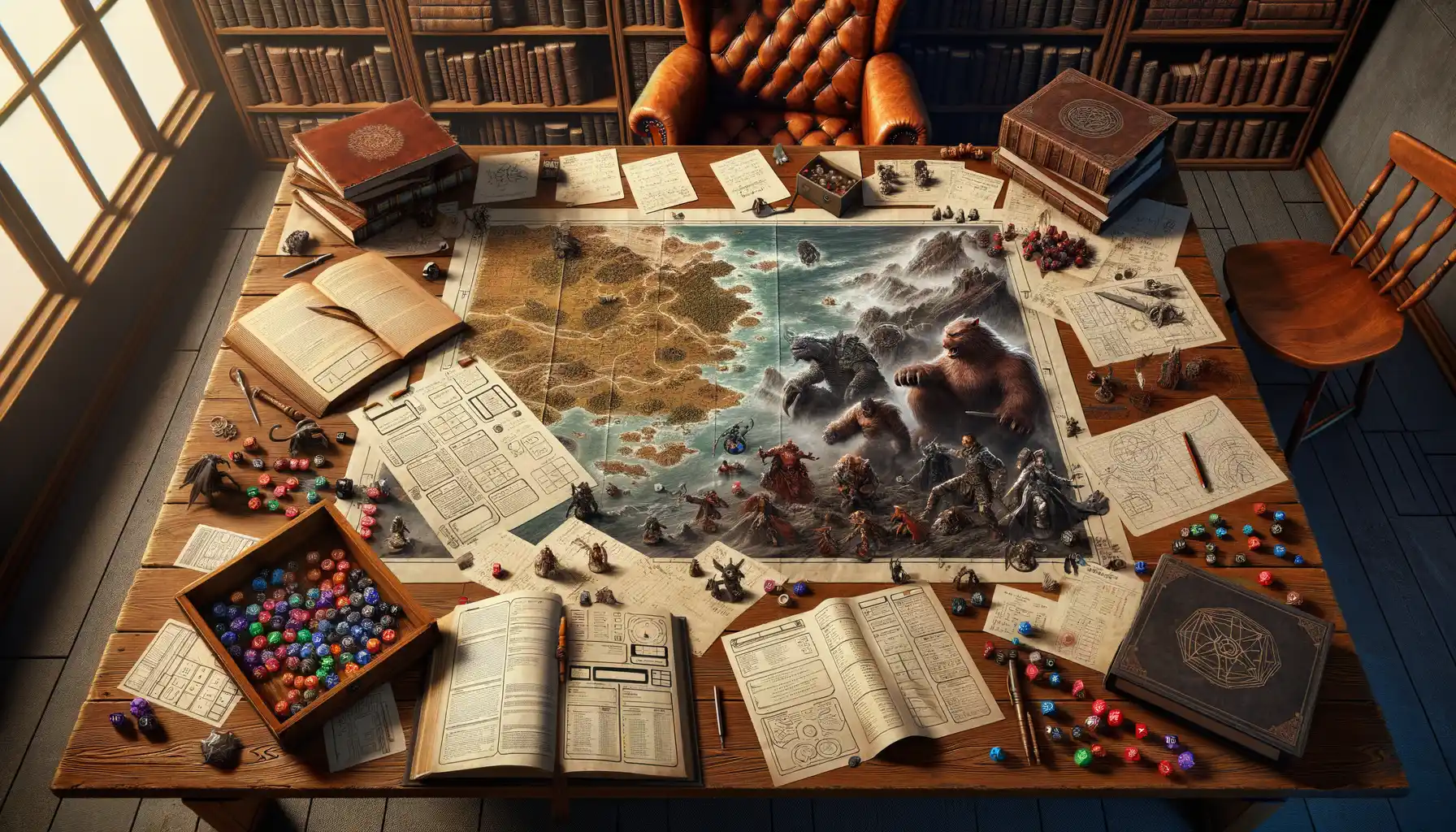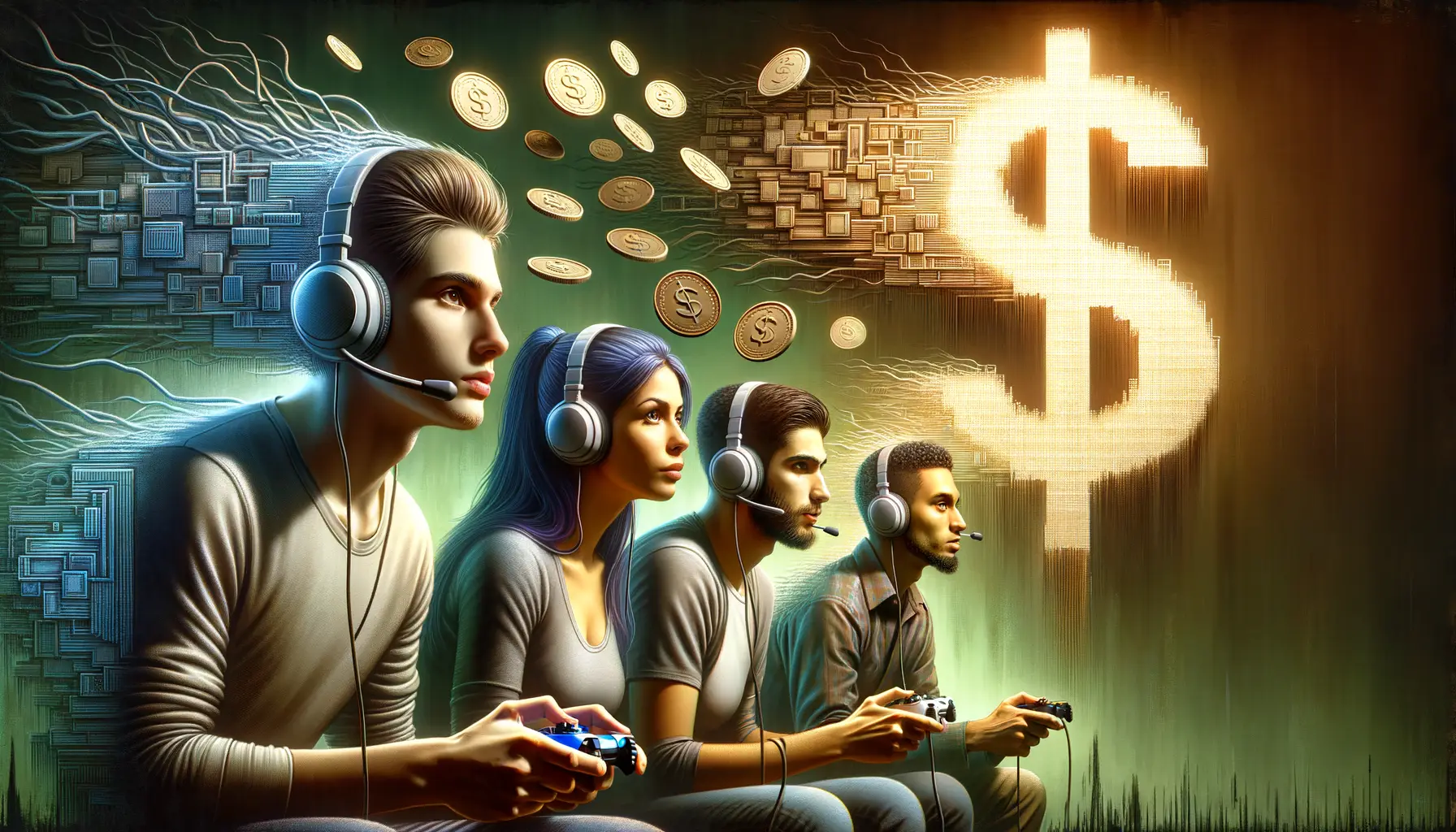Understanding the Significance of Storytelling in Games
Why Stories in Games Are More Than Just a Backdrop
Imagine stepping into a lush, mysterious forest. You’re not just there to chop wood or fight off lurking enemies—you’re there to uncover the fate of a lost civilization, guided by cryptic symbols carved into ancient trees. Sounds thrilling, right? That’s the magic of storytelling in video games—it transforms a mere sequence of actions into a deeply personal quest.
Stories in games don’t just entertain; they pull you in, make you care, and give every moment weight. Without a gripping narrative, scaling a mountain might just feel like… well, climbing a pile of polygons. But add a story about vengeance or redemption, and suddenly, that mountain isn’t just rock—it’s a metaphor for the hero’s struggle. A good game plot makes you *feel*.
- It gives context: Why are you battling an alien army or chasing a shadowy figure?
- It creates emotional stakes: Think of the heartbreak in *The Last of Us* or the triumph in *Undertale*.
- It immerses you: A rich world like *Elden Ring* feels alive because of its meticulously crafted lore.
Evolution of Storytelling in Video Game History
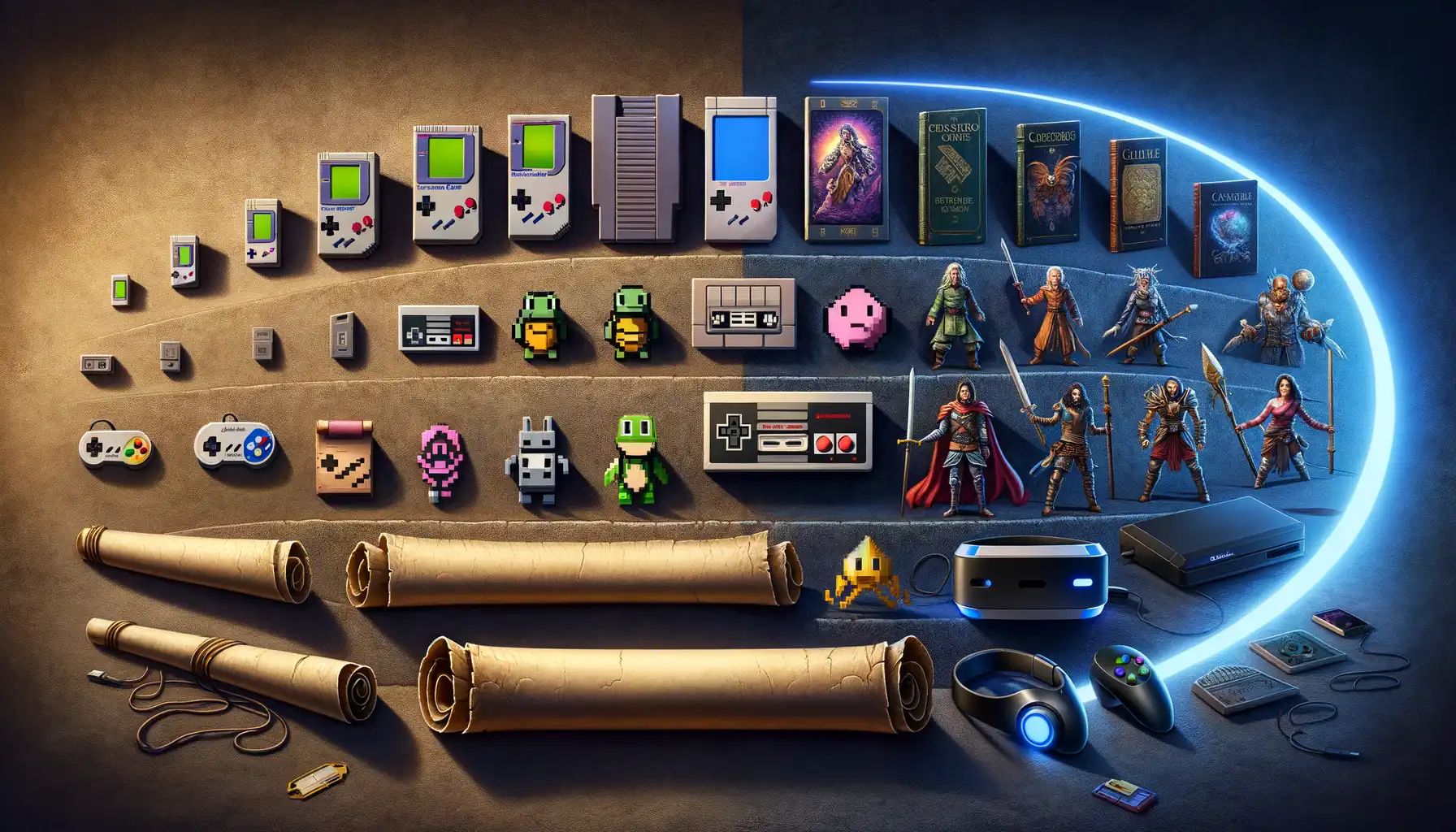
The Pixelated Beginnings
Once upon a time, storytelling in video games was more of a flicker than a flame. Think back to the days of Pong or Space Invaders. No intricate plots or emotional arcs—just pure mechanics and imagination filling in the gaps. But even back then, the seeds of narrative were quietly being planted. For example, in Donkey Kong, a simple yet revolutionary premise emerged: save the damsel from the monstrous ape. Suddenly, there was a purpose, albeit a simple one, behind every jump and barrel.
Fast forward to the arrival of text-based adventures like Zork or Colossal Cave Adventure, and players found themselves immersed in worlds built entirely out of words. These games whispered, “Imagine this,” and suddenly you weren’t just playing—you were exploring, discovering, and solving puzzles in a world that existed only in your mind. That’s when video games took their first big leap into real storytelling.
The Rise of Cinematic Narratives
Then, the 90s came along and smacked us in the face with a game-changing moment: *cinematic storytelling*. Remember Final Fantasy VII? With its sprawling plotlines, unforgettable characters (looking at you, Aerith), and gorgeous cutscenes, it proved games could rival movies in emotional depth. On the Western front, Half-Life turned heads by weaving narrative seamlessly into gameplay—no loading screens, no interruptions, just raw immersion.
This golden age also introduced branching narratives, giving players a new kind of agency. Suddenly, outcomes depended on your choices. Titles like Mass Effect demanded you ask yourself tough questions: Who lives? Who dies? How far will you go for loyalty?
- From silent protagonists to flawed heroes, we began to see stories that felt deeply human.
- Developers started treating players not as spectators, but as co-authors of the tale.
And so, storytelling evolved from background noise to the very soul of gaming, shaping the way we play—and remember—these virtual journeys.
Key Elements of Effective Storytelling in Video Games

Crafting Characters That Stay With You
When was the last time you truly *felt* for a character in a video game? Maybe it was when you watched Joel and Ellie navigate heartbreak in The Last of Us, or when Geralt faced impossible choices in The Witcher 3. Great storytelling starts with compelling characters—those who make you care about what’s at stake.
What makes a character unforgettable? It’s not just fancy graphics or suave voice acting (though they help). It’s their motivation, their flaws, the small quirks that make them human—or alien, or robot! Players crave agency too: the chance to make meaningful decisions that shape not only the story but their connection to these characters.
- Backstory: A layered history reveals why a character acts the way they do.
- Relatability: Even fantastical beings shine when they reflect human emotion.
- Dynamic growth: Watching characters evolve is like seeing your favorite TV series unfold live on screen.
World-Building That Draws You In
Every great story needs a backdrop, and in gaming, this is where magic happens—sometimes literally. From the dystopian cities of Cyberpunk 2077 to the hauntingly isolated world of Hollow Knight, environments set the mood and immerse players in the narrative without saying a single word.
But it’s not just about visual splendor. Exceptional worlds tell stories through subtle details: weathered posters hint at a long-abandoned war, an NPC’s cryptic muttering opens a whole new subplot. This environmental storytelling layers intrigue, urging players to dig deeper and uncover hidden truths. Because isn’t that the joy of gaming? To feel like an explorer unraveling mysteries in real-time?
Even music plays its part here. The melancholic strings of Journey aren’t just background noise—they’re a companion, guiding your emotions as you traverse vast dunes of sand.
Impact of Narrative on Player Experience
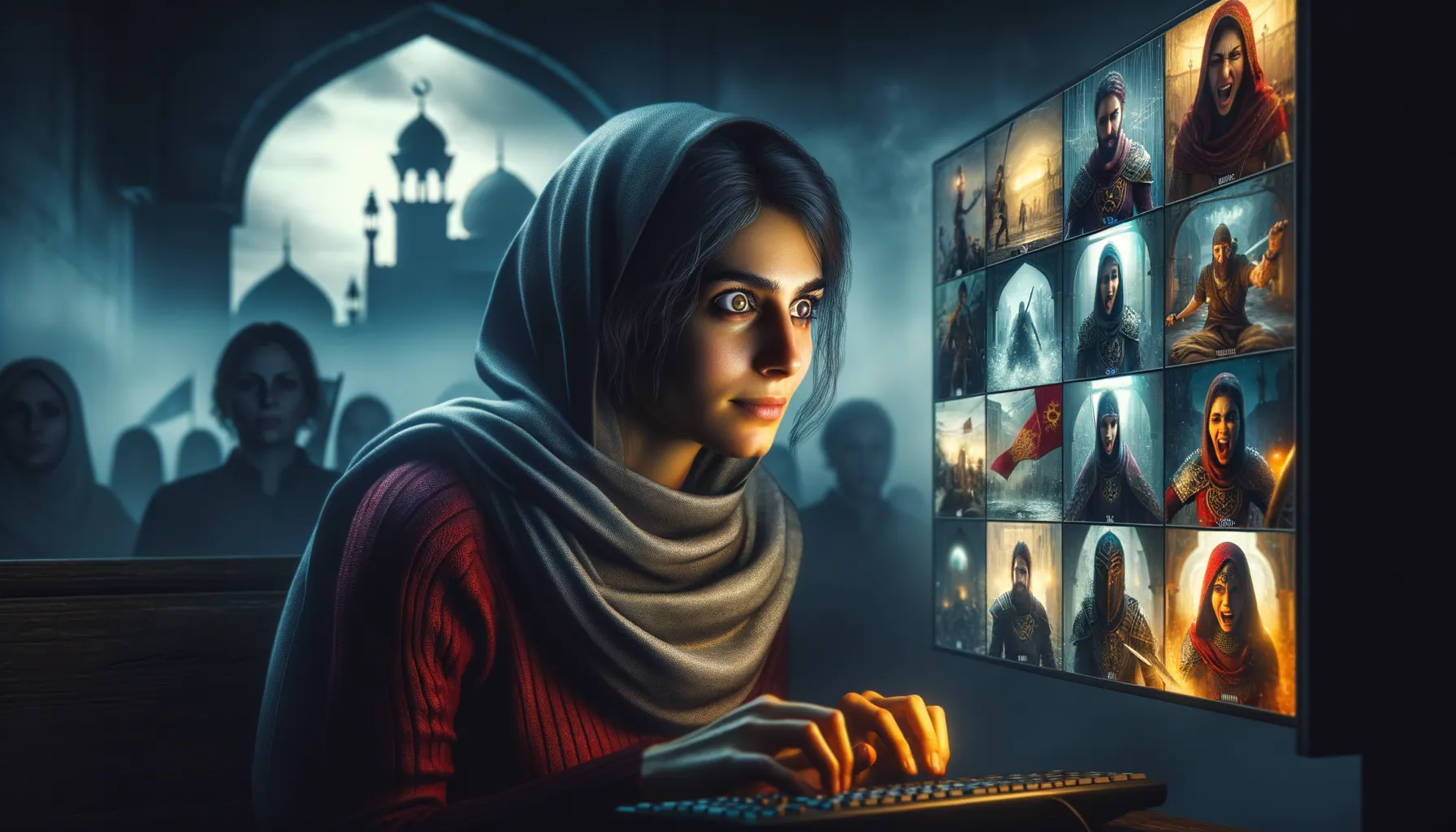
How Stories Shape Emotional Connections in Gaming
Ever felt your heart race as you uncover a hidden truth in a game? That’s the magic of a well-crafted narrative. A gripping story doesn’t just pull you in—it grabs you by the collar and drags you through a whirlwind of emotions. It has the power to make you laugh, cry, and even question your decisions long after you’ve logged off. Think about games like The Last of Us or Red Dead Redemption 2. Their stories aren’t just backdrops; they’re the soul of the experience, turning simple gameplay into unforgettable journeys.
And it’s not only about the grand moments or cinematic cutscenes. Sometimes, it’s in the quiet details: a letter found in a dusty corner, a single line of dialogue that stays with you. These small, deliberate touches create intimacy—like you’re peeling back the layers of an intricate world made just for you.
- Narratives give purpose to actions—every quest feels meaningful.
- Characters become more than NPCs; they become companions, rivals, even family.
- Emotional stakes transform victories and failures into deeply personal experiences.
When these elements come together, the story becomes not just something you play, but something you live.
Future Trends of Storytelling in Gaming
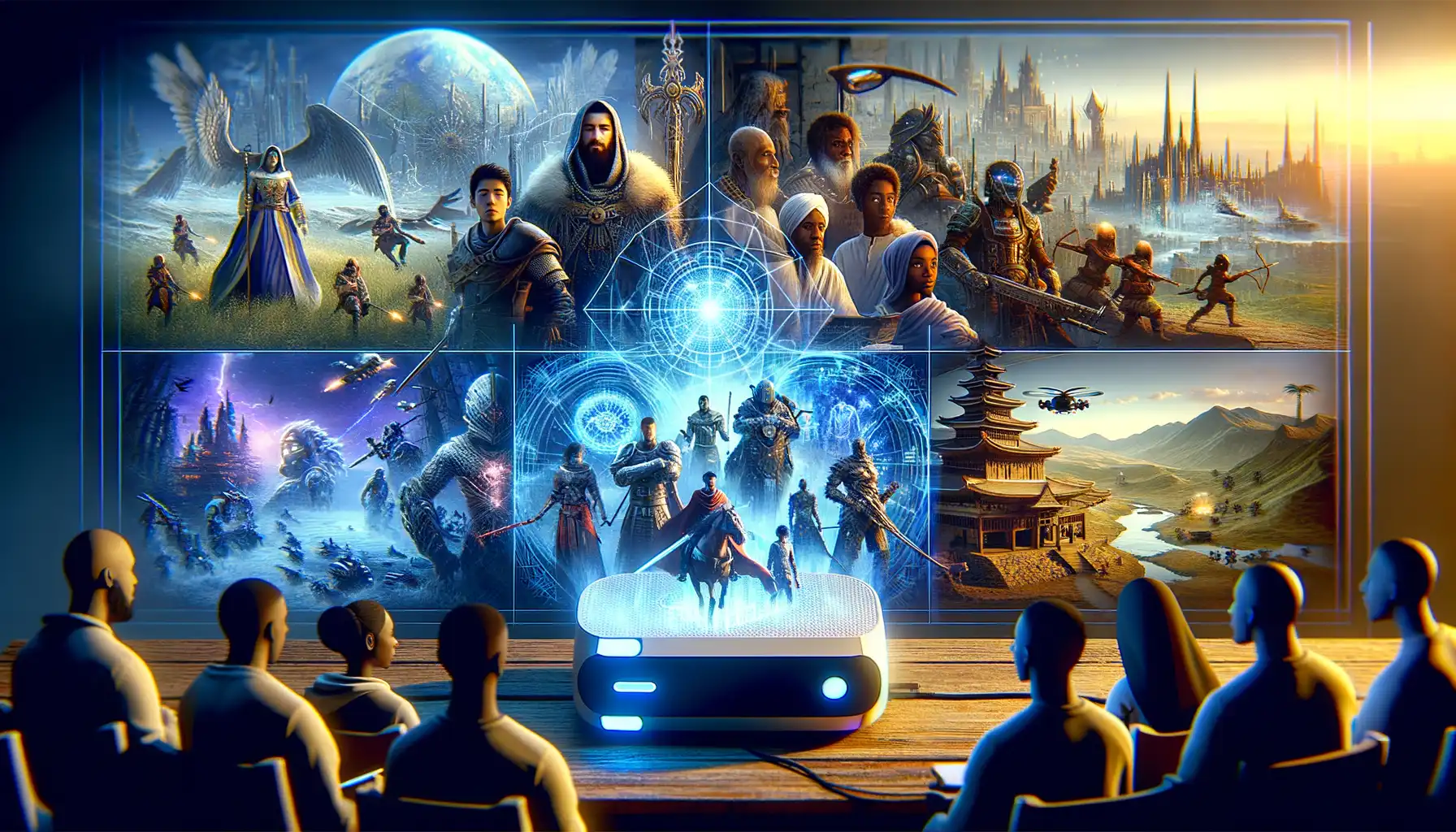
The Rise of Reactive Storytelling
Imagine a game where the story doesn’t just happen to you — you *live* it, you *shape* it, you *own* it. That’s the promise of reactive storytelling, a trend that’s already stealing the show in some groundbreaking titles. These narratives don’t just offer branching paths; they adapt dynamically to your every choice, every moment of exploration, even your failures. Think about how The Witcher 3 made Geralt’s world evolve with your decisions, or how the rogue AI in Prey subtly reacted to your gameplay style. Now take that idea and multiply it by ten.
We’re talking about stories so personal, they’ll feel like looking in a mirror — one that reflects not just your actions but your intentions. With advancements in machine learning and procedural generation, future games may interpret subtle player behaviors to craft a narrative that feels eerily tailored. Will your hesitation before a moral choice reveal compassion? Or indecision? A whole new frontier of storytelling lies in these nuances.
- AI-powered characters shaping dialogue based on your tone.
- Worlds that remember *everything* you’ve done and react accordingly.
- Your in-game personality being as much part of the story as the protagonist.
Blurring the Lines Between Player and Protagonist
Here’s a wild thought: what if the boundary between you and the character disappears altogether? Imagine slipping on a VR headset, and instead of simply controlling a hero like Aloy or Kratos, *you become them*. Developers are already exploring how tech like biometric sensors and augmented reality can analyze your emotions, heart rate, or even voice to transform storytelling into something deeply immersive.
Envision a game where an NPC sees your hesitation in real-time during a critical decision and calls you out on it. Or what if your racing pulse in a tense action sequence alters how enemies behave — urging them to taunt or retreat based on sensing your fear? These mechanics go beyond immersion; they’re redefining narrative design, making your physical and emotional state integral to the tale. The future isn’t just about playing stories. It’s about *becoming* them.

